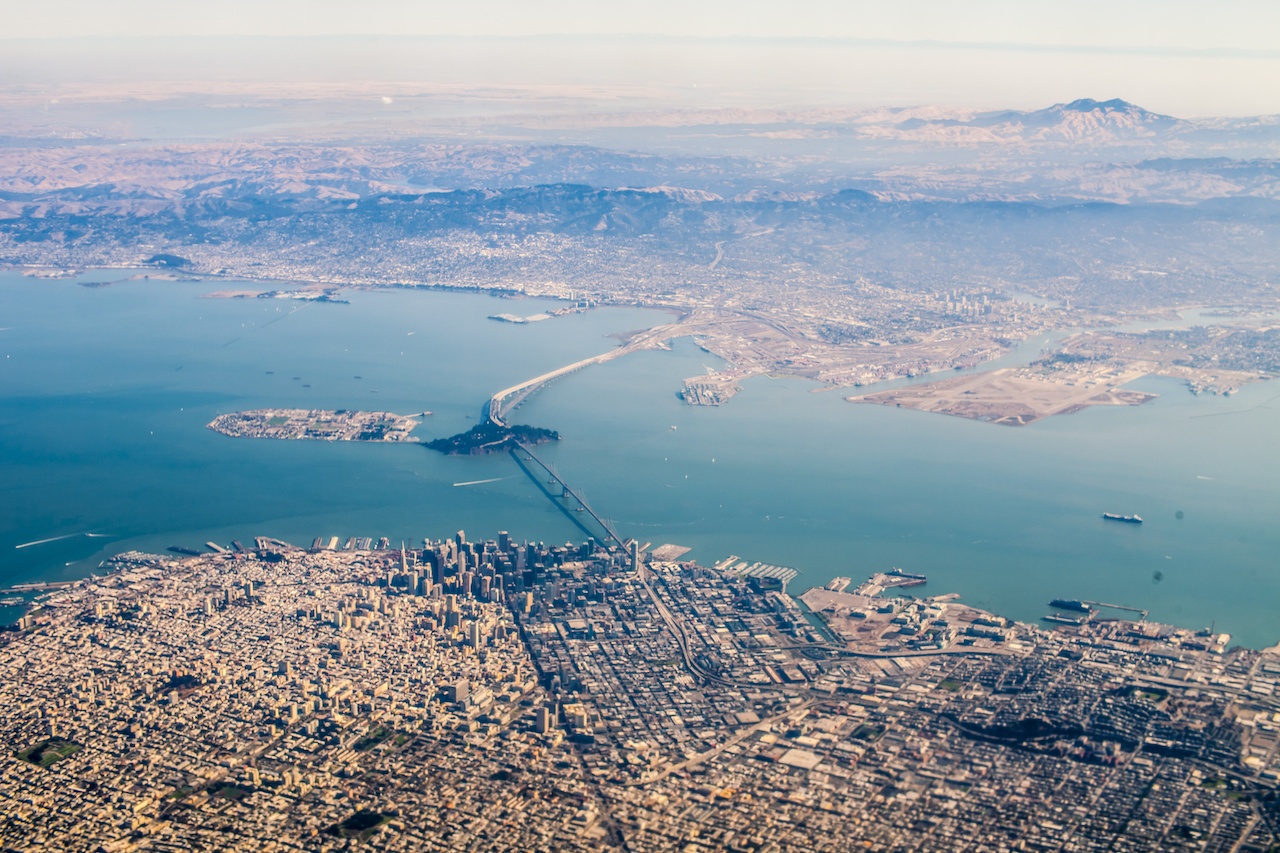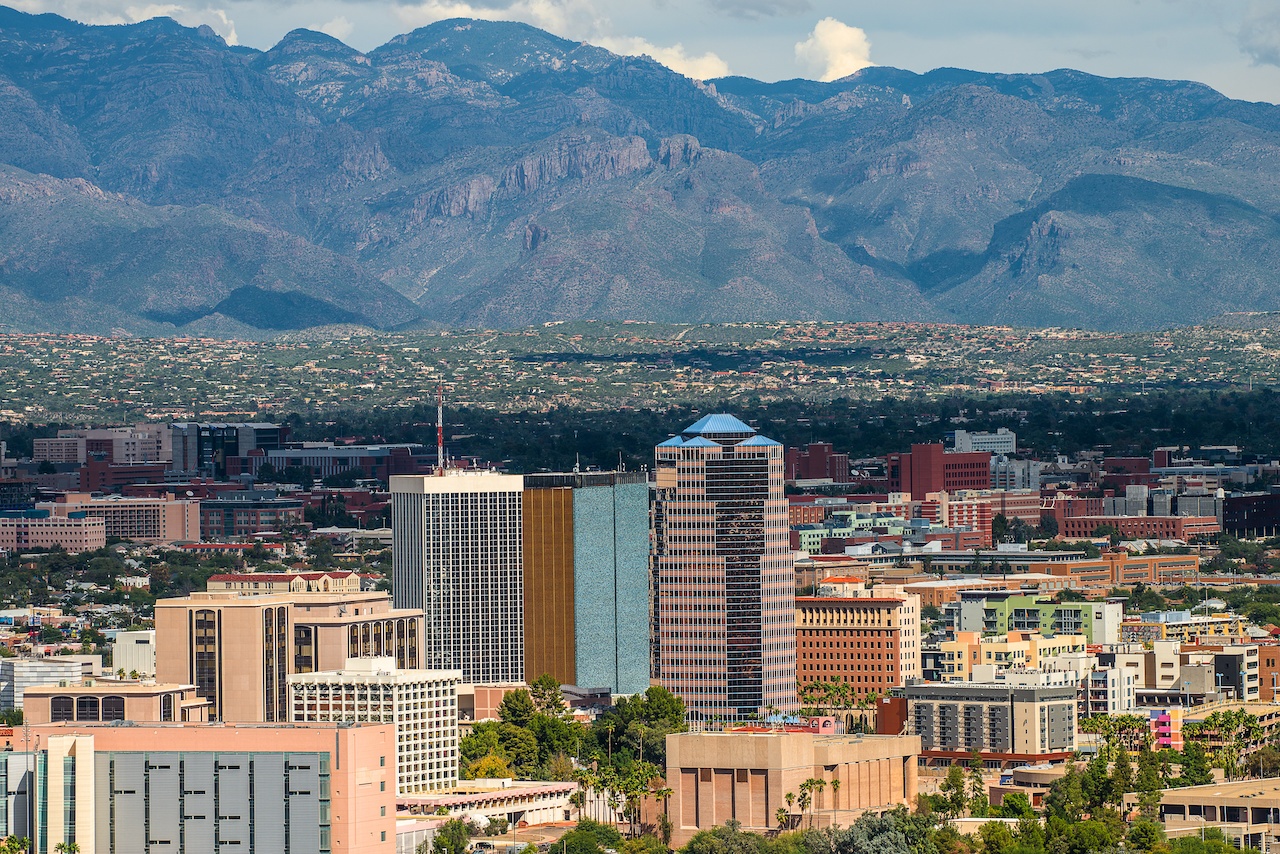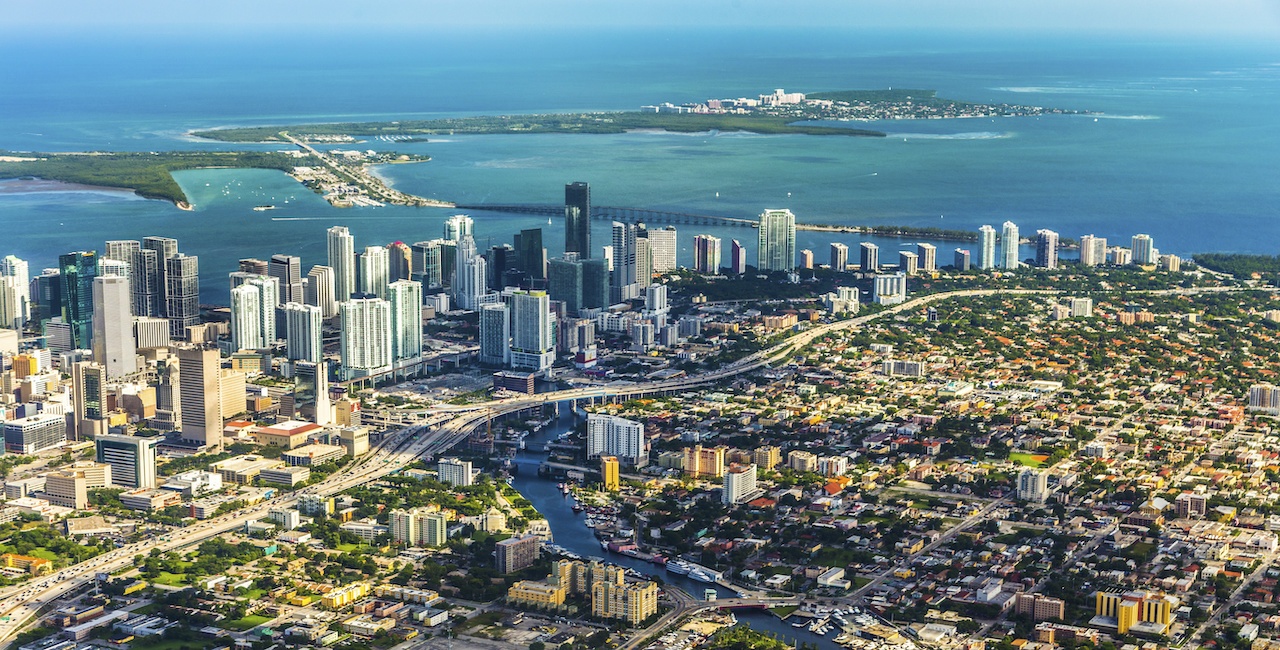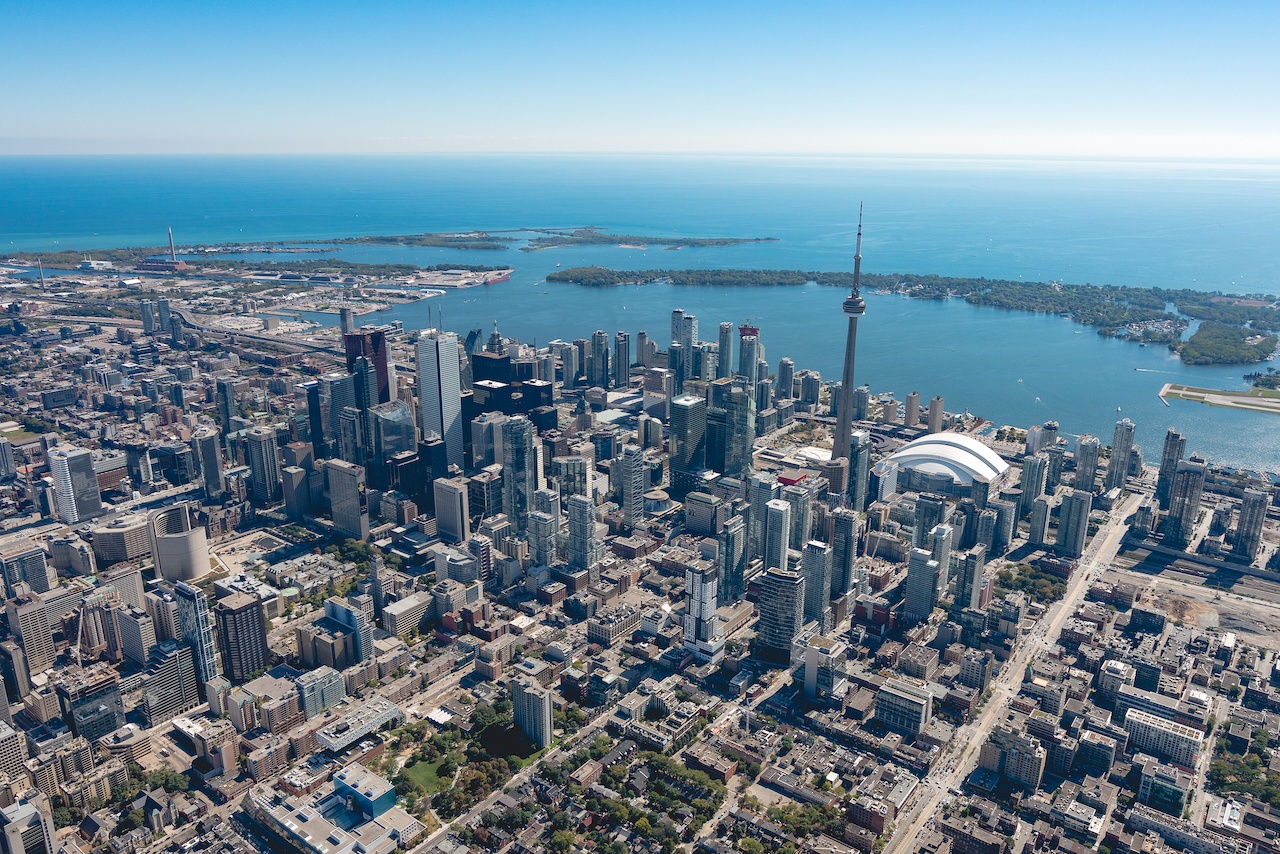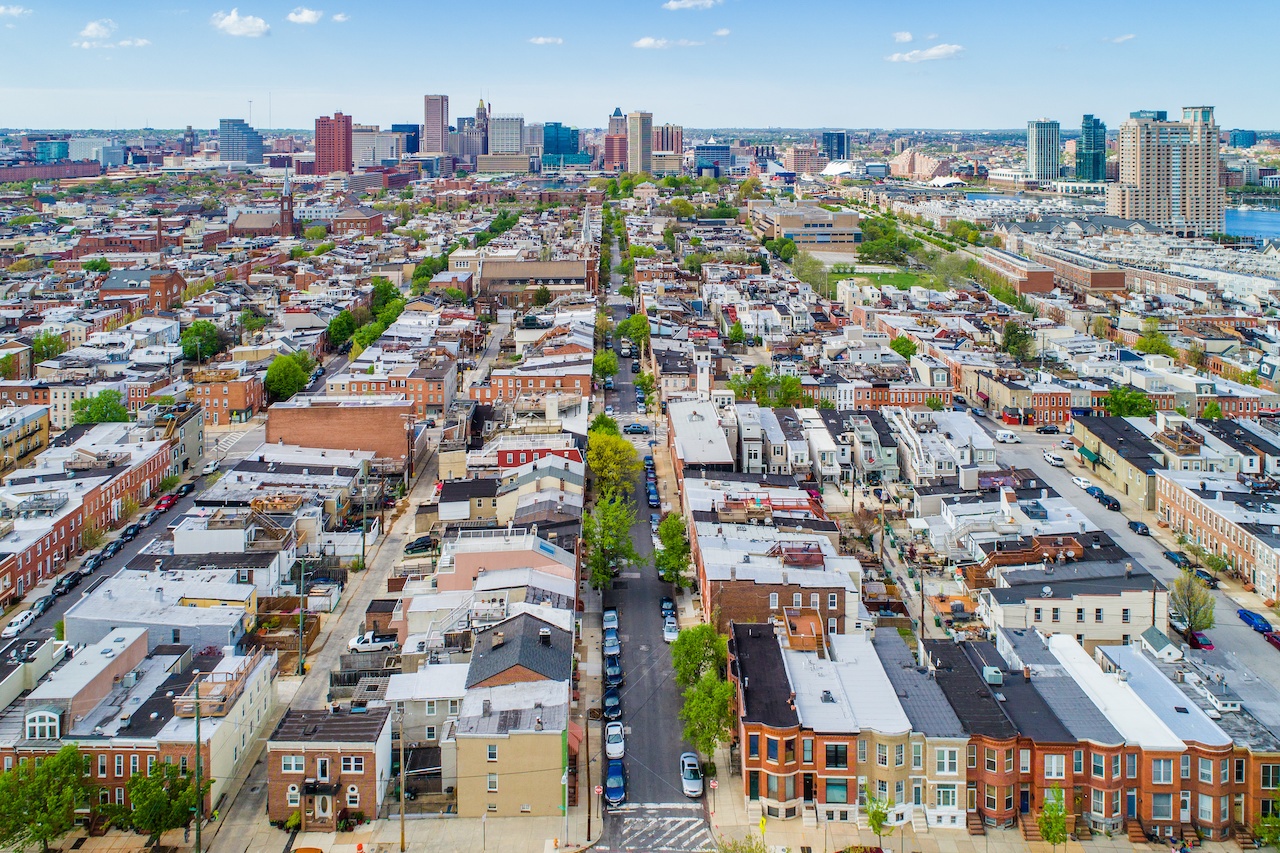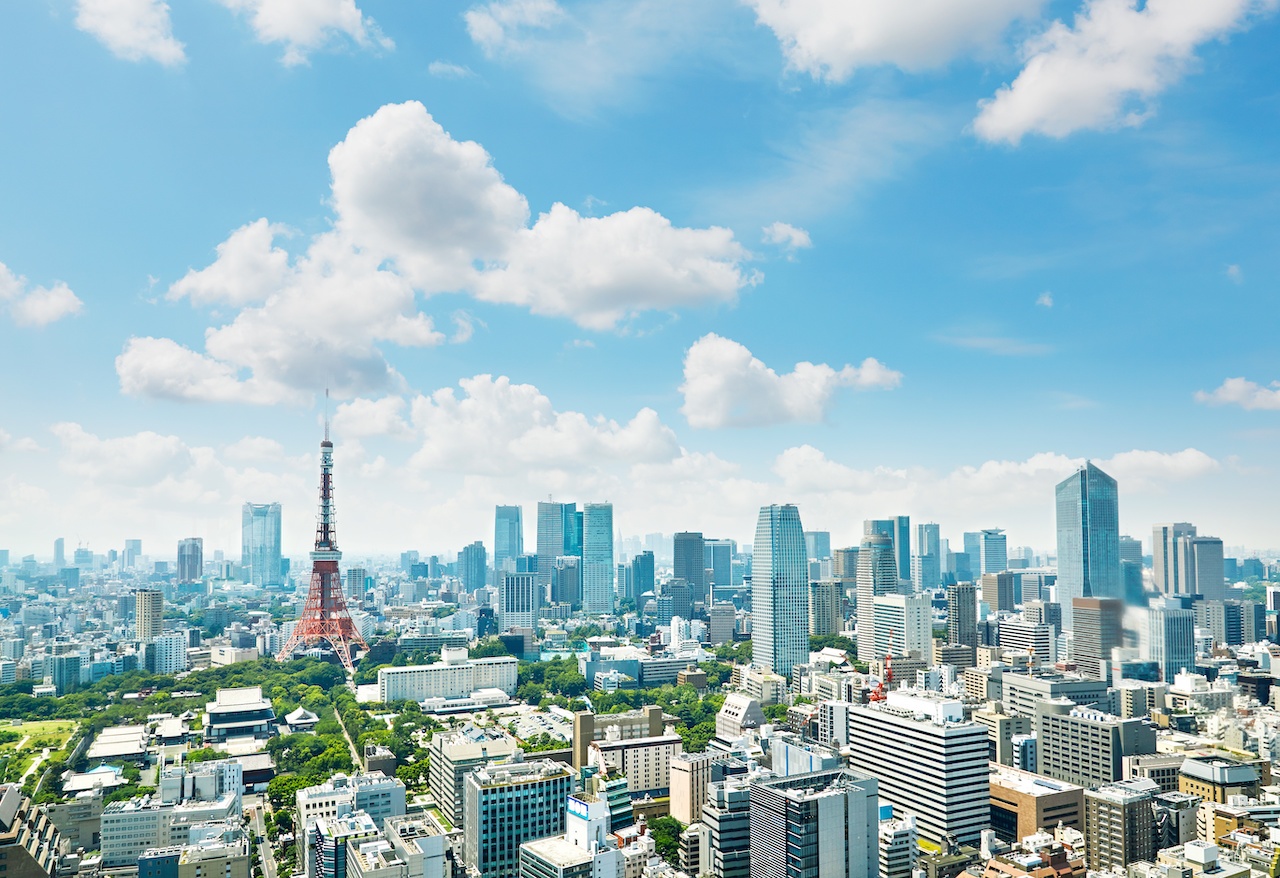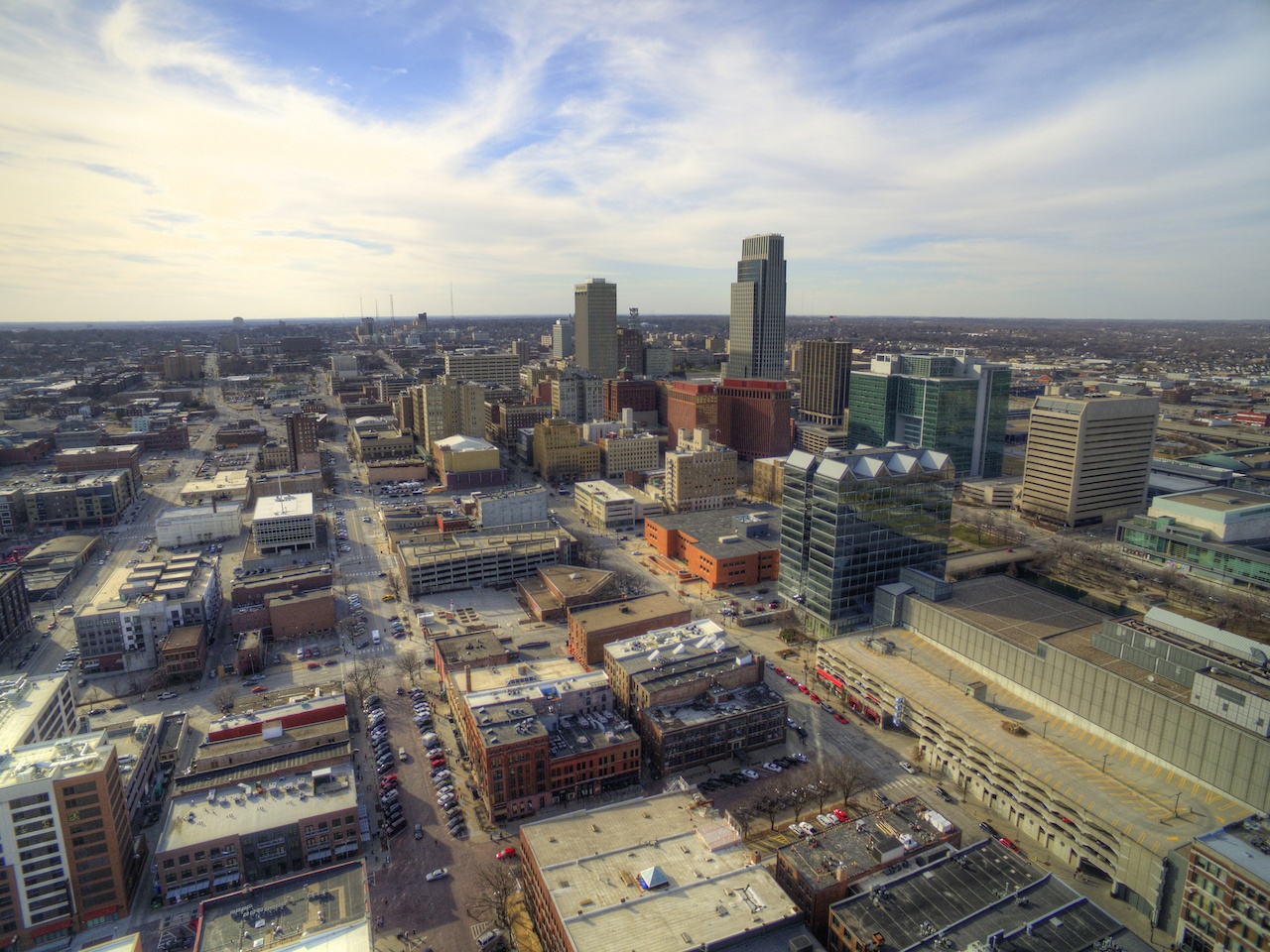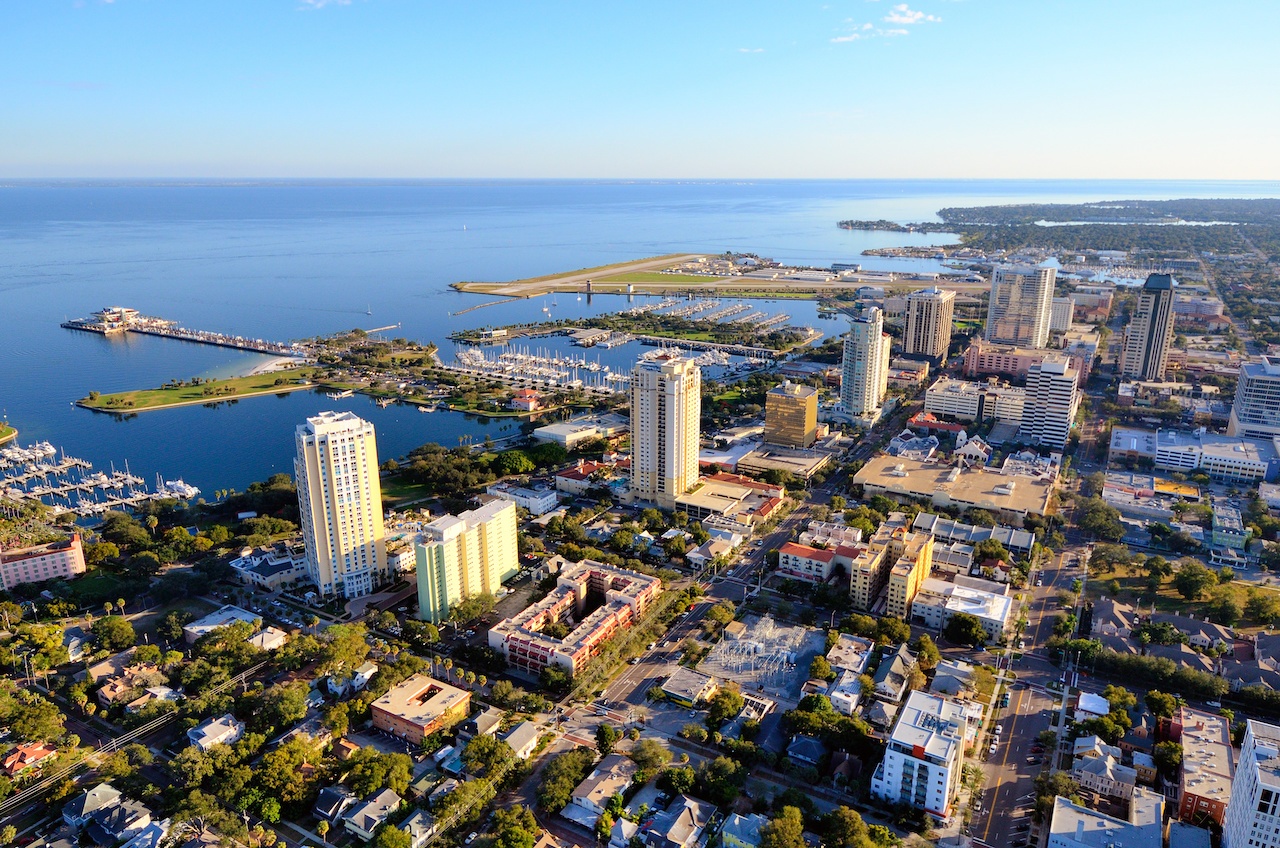Smart Cities
The Power of Data from Urban Air Quality Monitoring Networks
Improved understanding about local air quality can support significant policy changes and targeted incentives, including electric fleet conversions for particular transit routes, the provision of emission-control technologies or alternative routes for heavy duty trucks, targeted fuel-switching efforts for home heating in heavily impacted communities, or the enactment of new regulations for specific industrial operations. We can also use data about localized air pollution exposures to study health outcomes under specific environmental conditions. With the wealth of these new, localized data on air quality, supported by low-cost sensor technology, we can design the policies and deploy clean energy strategies that truly empower local communities and protect public health.
Landscape Solutions for Smart, Healthy, Resilient Cities
Landscape architects have long been designing for these multiple benefits, and their broad training and systems thinking makes them well-equipped to tackle new challenges brought on by a changing climate, increasing urbanization, and growing inequity. Cities are landscapes and should be planned and designed using a landscape approach; one that considers the larger systems and flows of water, energy, waste, species, and people and how they are nested at various scales. The landscape approach results in distinct multi-functional spaces that are so well resolved that the design intricacies may not be apparent at first glance. These landscapes respond to their context to facilitate connections, transitions, circulation, and views, in addition to addressing key project goals.
Cybersecurity Should be a Top Priority for Smart City Leaders
The growth of smart cities – projected to increase fourfold by 2025 – will continue. Unfortunately, at best, only a few cities have the skilled staff needed to address these new risks and cybersecurity challenges. Hence, the onus is increasingly on city administrators, technology providers, and even community leaders to take on a steep learning curve together, and better understand how cybersecurity fits into making cities safe and secure. The question remains – how do we get there?
Climate Change is Challenging Historic Assumptions for Urban Resilience
Climate change impacts can be a confusing and complicated topic. What are vulnerabilities, when should we be concerned, how much is it going to cost? While all of these are critical questions, the protection of communities can start with one question:
Is our community protecting public health and safety by preparing for a future environment?
Preparing a community for climate resilience requires an understanding of future conditions, a strategy for adaptation, and a commitment to designing and building a community that values public health and safety.
Redefining Philanthropy for Urban Resilience
Building fairness and greater equity means ensuring all Torontonians have access to and can capitalize on the positive opportunities on offer in our city. To do so, we need to be thoughtful stewards of what makes our city an excellent place to live.
The “new” philanthropy, as I see it, needs to play a role in getting us there. The new philanthropy is participatory. It thinks about and changes the distribution of power. It amplifies the voices of those with “living experience” of the challenges it aims to alleviate. It sets the kind of table where all can have a seat and share, in spite of the different perspectives that are on the menu. It aims to move the money equitably and disrupt giving patterns.
Social Equity Through Clean Energy
The Baltimore-based Climate Access Fund (CAF), a nonprofit Green Bank, was launched in 2017 to address the gap between the community solar regulation and the way the solar market has traditionally worked. CAF provides a one-stop shop for low-income community solar, working to attract solar developers to the nascent market.
A Community Blueprint for Opportunity Zones
Cities can and should inform their community members living in Opportunity Zones about what Opportunity Zones are, and how they work to protect them from speculation and displacement. Cities should also create zoning overlays to ensure projects proposed in Opportunity Zones actually provide community benefit. Cities can even create impact investing prospectuses marketing their Opportunity Zones to ethical investors. And, finally, cities should be ambitious, and create their own Opportunity Funds to include investment experts, policy experts, and members of the community to fund equitable, sustainable projects that actually benefit communities.
A Comparison of the World’s 1,000 Largest Urban Areas
In recent years, the world’s urban population has exceeded the rural population for the first time. Yet to read some reports, one could get the impression that the typical urban resident lives in one of the largest cities, like Manila, Shanghai, London, or Seoul. In fact, the megacities have only 8.4 percent of the world’s population. Nearly twice that number live in urban areas with fewer than 100,000 residents (Figure 2). In the US, any settlement with a population of 2,500 is considered an urban area.
Synthetic Biology for Sustainable Cities
Every city needs a biostrategy for economic and environmental well-being.
6 Principles for Creating Walkable Spaces
It may sound like a no brainer, but nailing down the data is the foundation for getting buy-in for tackling next step actions and critical strategy for reducing speeds and putting people first. A sound analysis sets the stage for addressing outdated policies and road design, and allows for consideration of tackling the most equitable projects first.
The Case Against Freeway Expansion
While some cities across the country consider new highway projects, it is those pursuing alternative strategies that are thriving.
Incorporating Green Infrastructure into Our Cities
Green infrastructure reduces risks to gray infrastructure from hazards such as flooding and wildfire. It improves the performance and reduces the costs of operating gray water infrastructure when the two are integrated. In some cases, green infrastructure can be a more cost-effective alternative than gray. No one is currently bothering to grade our green infrastructure, yet keeping this infrastructure healthy is important to everyone in the US.

